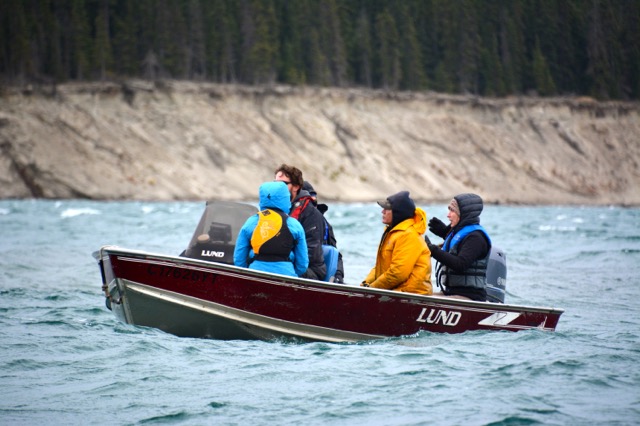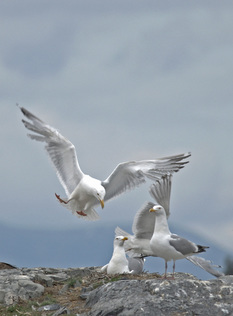|
The Tagish River is called Taagish Too'e in the Tagish language which means break-up (of ice) water. Tagish River has been an important area for Carcross/Tagish First Nations for centuries and historically was a gathering place where people would catch humpbacked whitefish in early winter. The old Tagish Village was found at the confluence of the Tagish River and Marsh Lake and was a meeting place for Tlingit trading partners from the coast.
The Tagish River was later a principle travelling route used during the Klondike Gold Rush in the late 1800's. The North West Mounted Police Post was established in 1897 to help with the influx of thousands of pioneers moving through the area. |
|
The community of Tagish grew with the construction of the bridge on the road between Carcross and Jakes Corner in 1942. The Habitat Protection Area covers the stretch of river between Tagish Lake and Marsh Lake and is also often referred to as Tagish Narrows, or the Six Mile River. The total area of the Habitat Protection Area is 5 square kilometers. The Tagish Road (Highway 8) crosses at the northern end of the Habitat Protection Area, and provides access to two boat launches and a marina.
|
|
The Tagish River is one of the most important ecological areas in Yukon for waterfowl migration. It is one of three outlets of the large Southern Lakes near Whitehorse that are heavily used by swans, geese, ducks and many other waterbirds during spring migration from early April to late May. These important areas provide open water and food at a time when there are no other places for waterfowl to go and therefore the area is considered critical habitat.
Other wildlife species that use the Tagish River Habitat Protection Area include caribou, moose, bears, beaver, muskrat, otters, and a variety of fish species including cisco, whitefish, arctic grayling, northern pike, and lake trout. |





